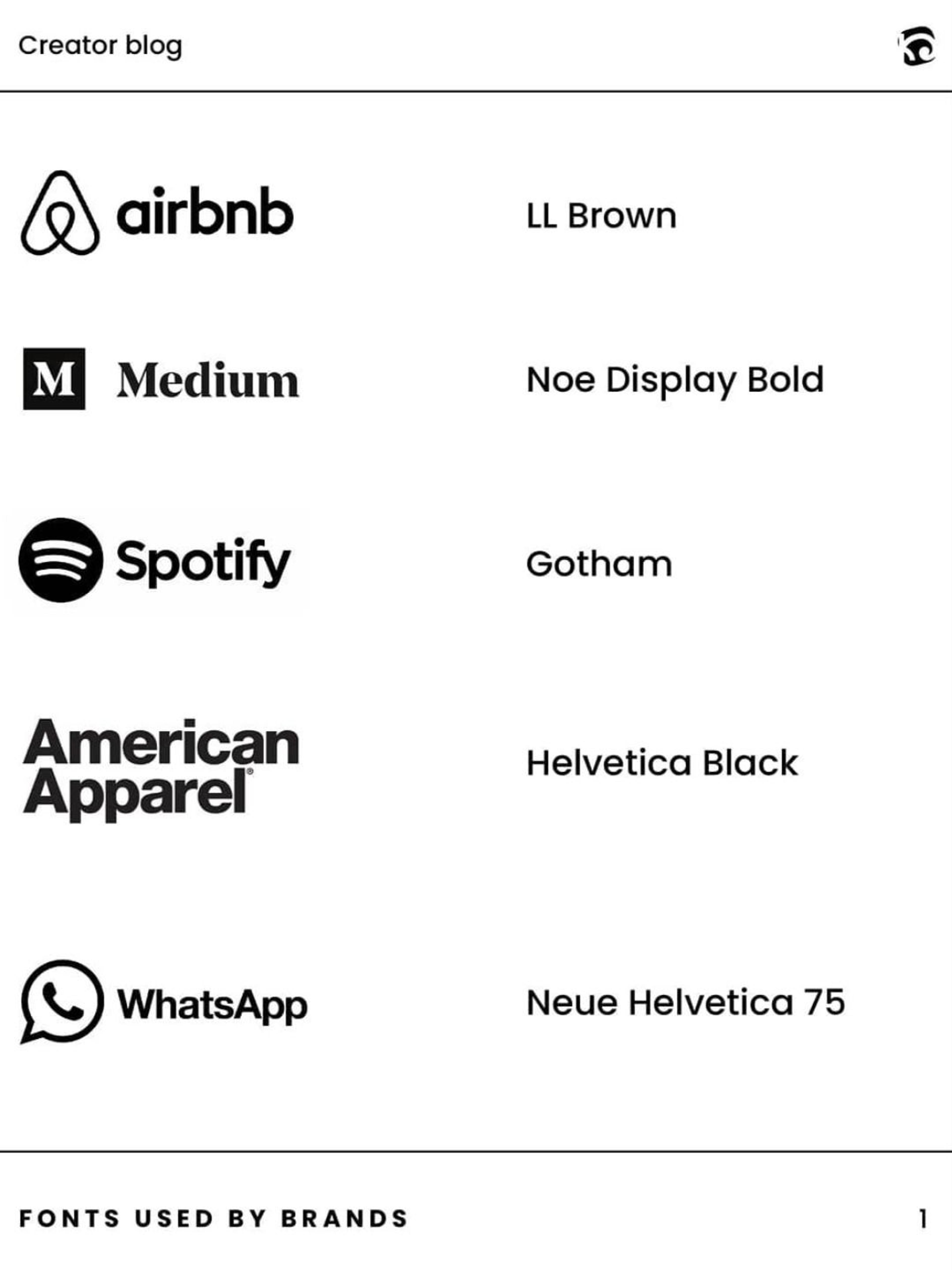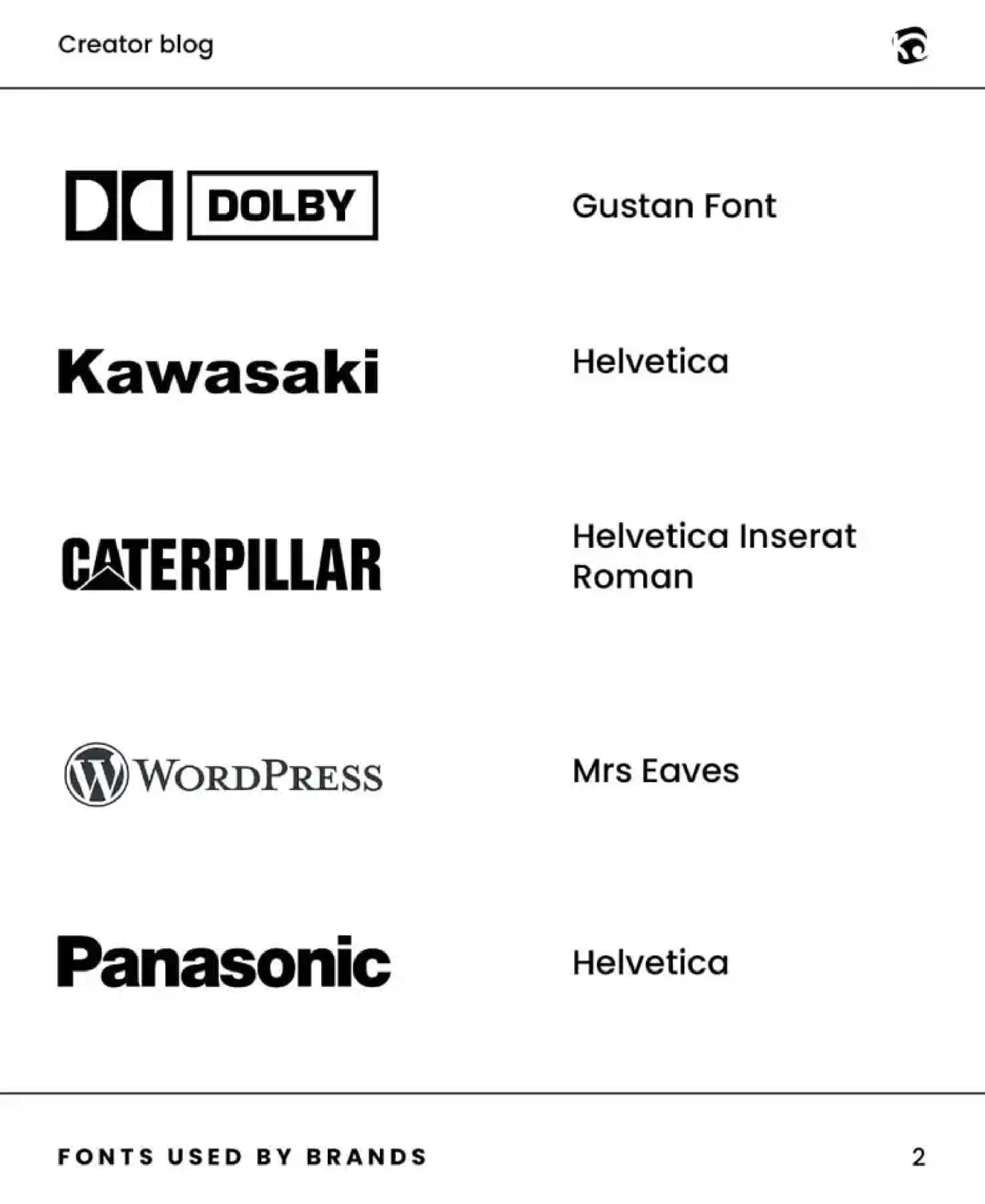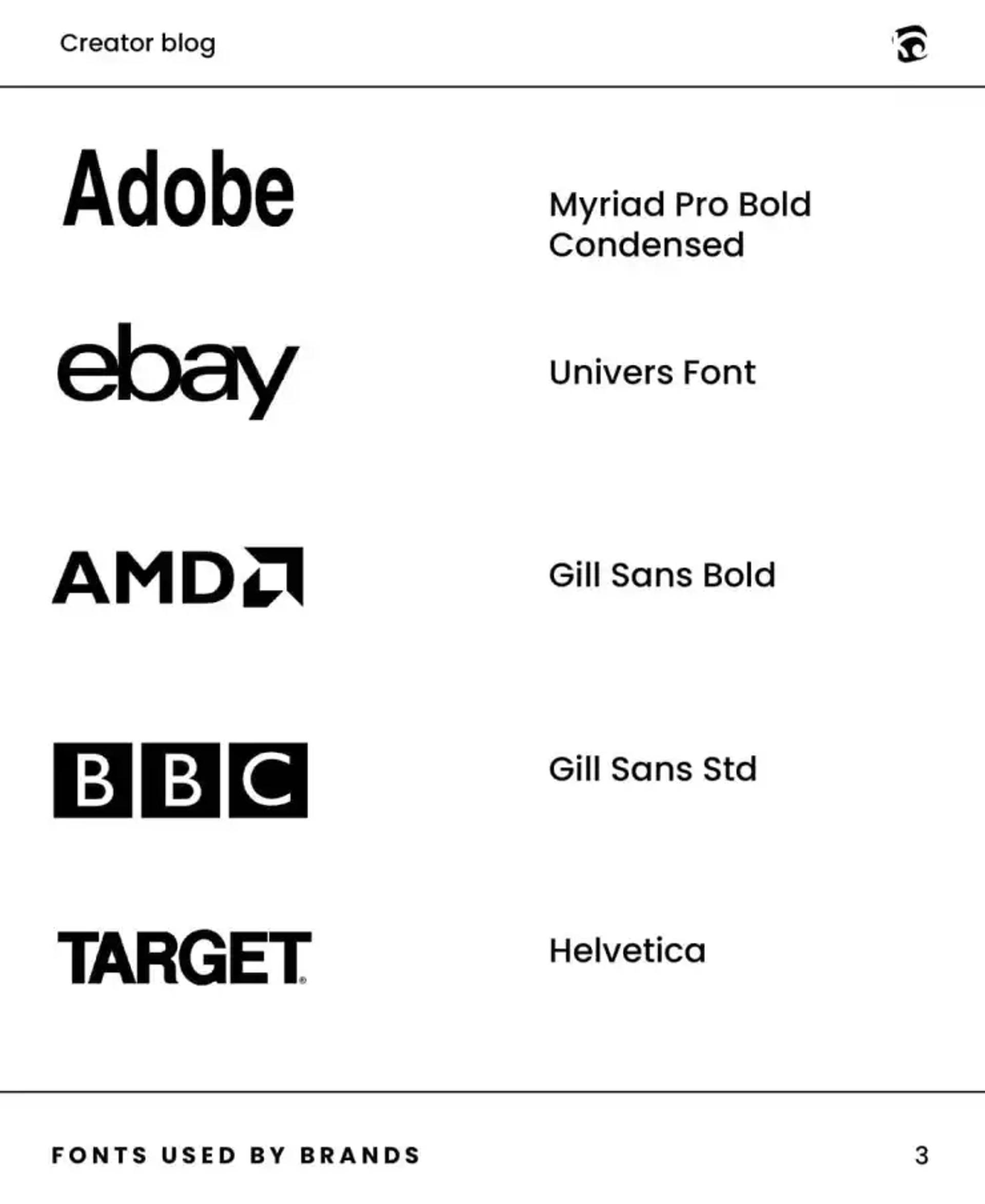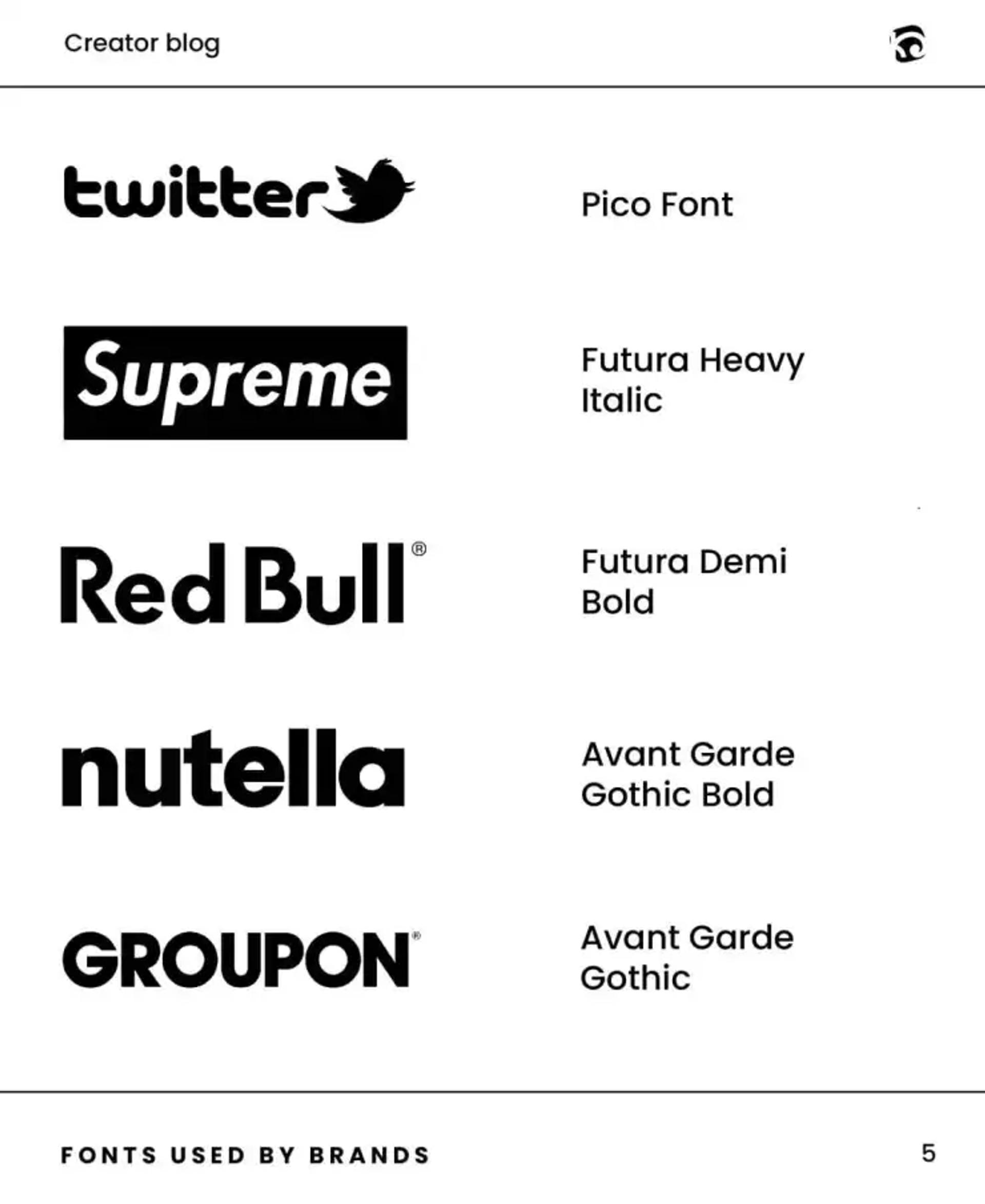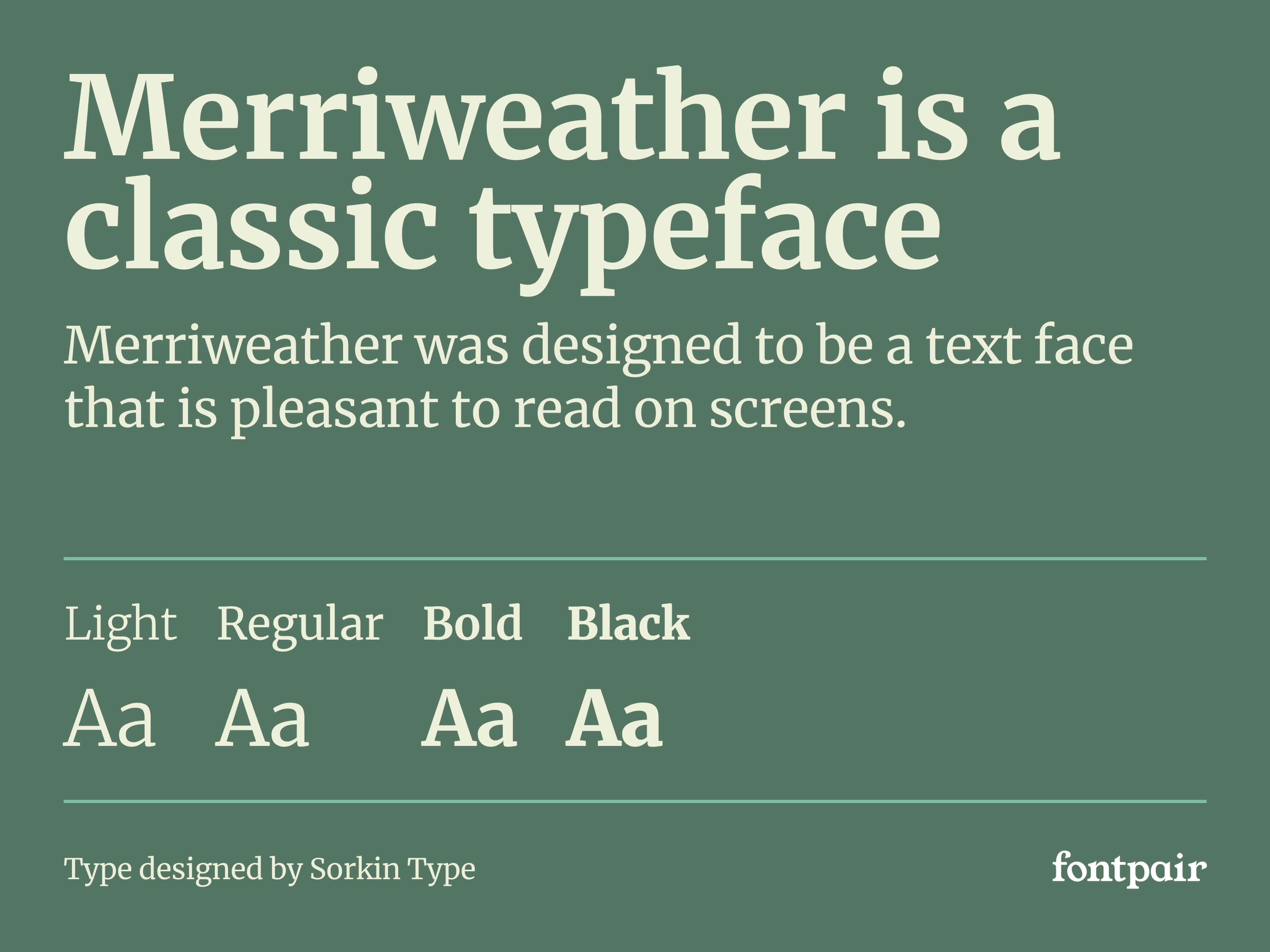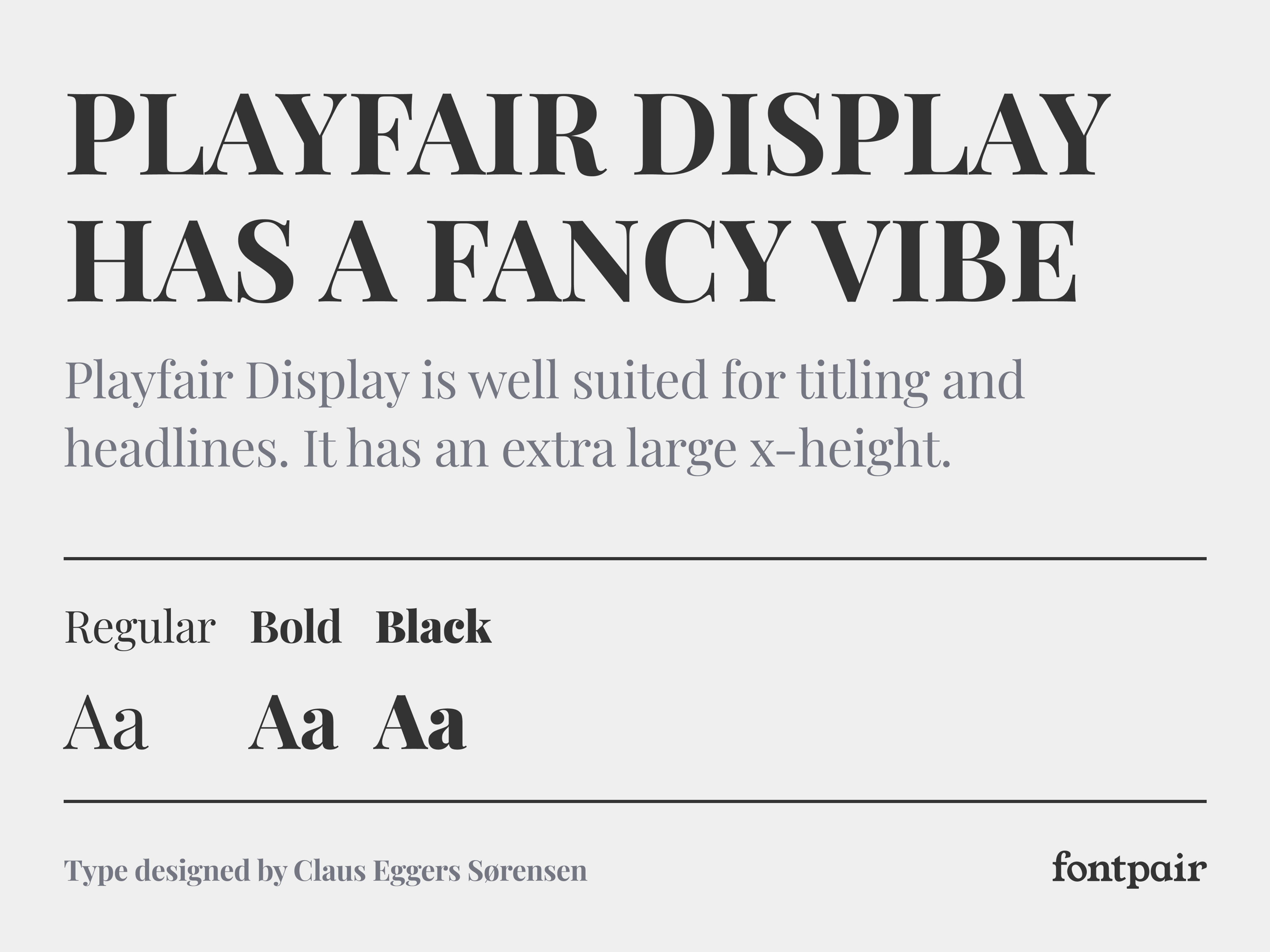Learn how to select fonts, create a hierarchy, and enhance readability for optimal user experiences
At its most basic level, website typography is about selecting and styling text on a web page to create an attractive, legible design. Many factors are involved in web design typography, including typeface selection, text hierarchy, and readability.
Using website typography correctly can have many benefits for website design. It can improve your website’s look and feel, communicate essential information more effectively, and help you engage with viewers. Good web typography makes your website easier to use by improving navigation and search engine optimization (SEO) rankings.
What Is Website Typography?
Website typography refers to the art and technique of arranging types on a website. It’s not just about choosing pretty fonts; it’s a crucial element that significantly impacts the digital user experience. Good typography enhances readability, improves user retention, facilitates easy skimming of content, and plays a vital role in shaping brand perception, while also adding visual interest to the web page.
Unlike print typography, website typography faces unique challenges. It must be legible across various devices and adapt seamlessly to different screen sizes, from large desktop monitors to tiny smartphone screens.
This adaptability ensures a consistent and enjoyable user experience across all platforms. Google Fonts is a valuable resource for enhancing web typography, offering a diverse range of fonts that are free to use and easy to integrate into web design.
Why Is Typography Important in Web Design?
Typography is a crucial element of web design, influencing readability, branding, accessibility, and engagement. Well-chosen fonts, spacing, and contrast enhance readability, making content easier to absorb, while well-designed letter shapes contribute to easily identifiable characters. It also reinforces brand identity by conveying personality and values, creating a professional and memorable image.
Beyond aesthetics, typography improves accessibility with legible, scalable text and proper contrast, ensuring inclusivity. It also directs user attention, emphasizing key elements like headlines and calls to action. Optimized typography enhances website performance and SEO, improving search visibility and loading speed.
More than just a design choice, typography shapes user experience, strengthens branding, and boosts engagement, making it essential for effective web design.
Source: CreativeMarket
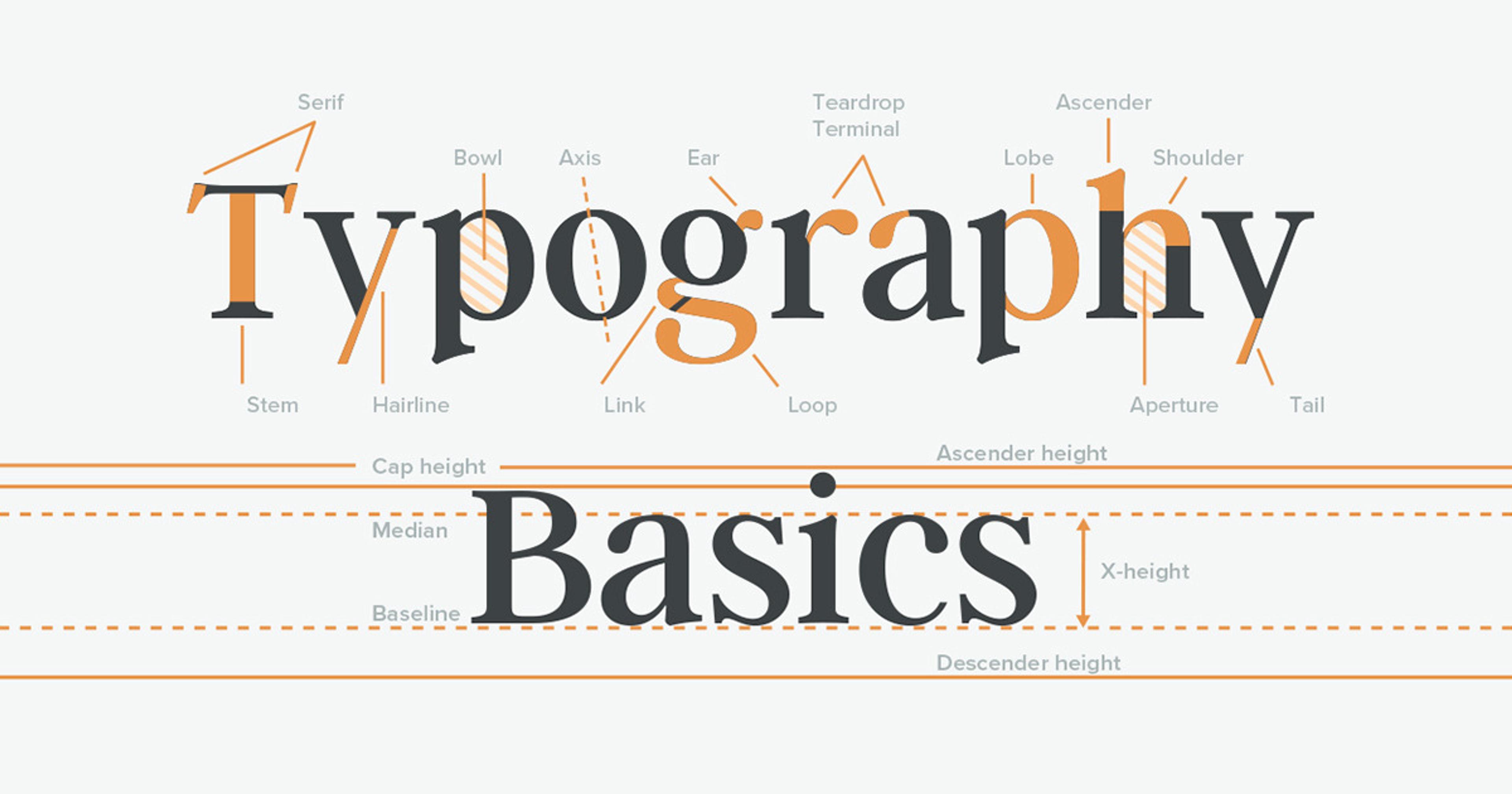
To discuss typography effectively, it’s important to understand some key terms:
- Serif: A small line or stroke regularly attached to the end of a larger stroke in a letter or symbol within a particular font.
- Sans-serif: A typeface that does not have the small projecting features called "serifs" at the end of strokes.
- Kerning: The process of adjusting the spacing between characters in a proportional font.
- Leading: The distance between the baselines of successive lines of type.
- Tracking: The uniform adjustment of spacing between characters in a complete section of text.
- Web fonts: Fonts that are specifically designed for use on websites. They can be integrated via Google Fonts or self-hosted, and various CSS techniques can be used to optimize text appearance on different devices. Choosing web-safe and accessible typefaces is crucial for readability and overall user experience.
Typeface vs. Font
These terms are often used interchangeably, but they have distinct meanings. A typeface is the overall design or style of the text (e.g., Helvetica or Times New Roman), while a font refers to a specific size, weight, and style within that typeface (e.g., Helvetica Bold 12pt). A typeface, also referred to as a font family, encompasses a collection of various font styles, weights, and sizes.
Source: Kontra Agency
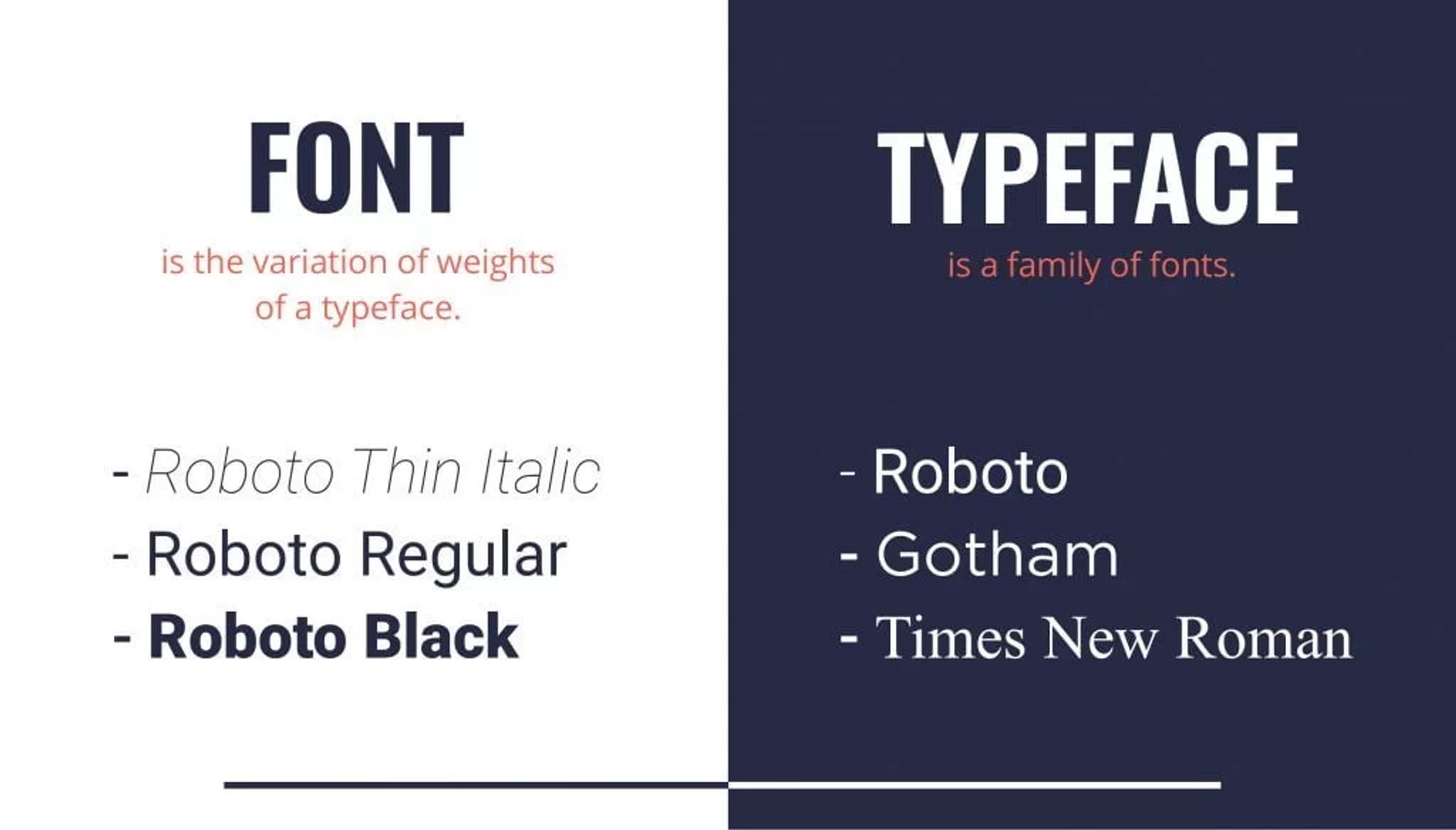
To further clarify:
- A typeface is like a family of related fonts. It encompasses all the variations of a particular design.
- Fonts are specific instances within a typeface. For example, “Arial” is a typeface, while “Arial Bold 14pt” is a font.
Serif vs. Sans Serif
Serif fonts have small lines or strokes attached to the end of a larger stroke in a letter or symbol. Times New Roman is a classic example. Sans-serif fonts, like Arial or Helvetica, lack these extra strokes, resulting in a cleaner, more modern look. In digital environments, sans-serif fonts are often preferred for their improved screen readability.
Source: Typogram
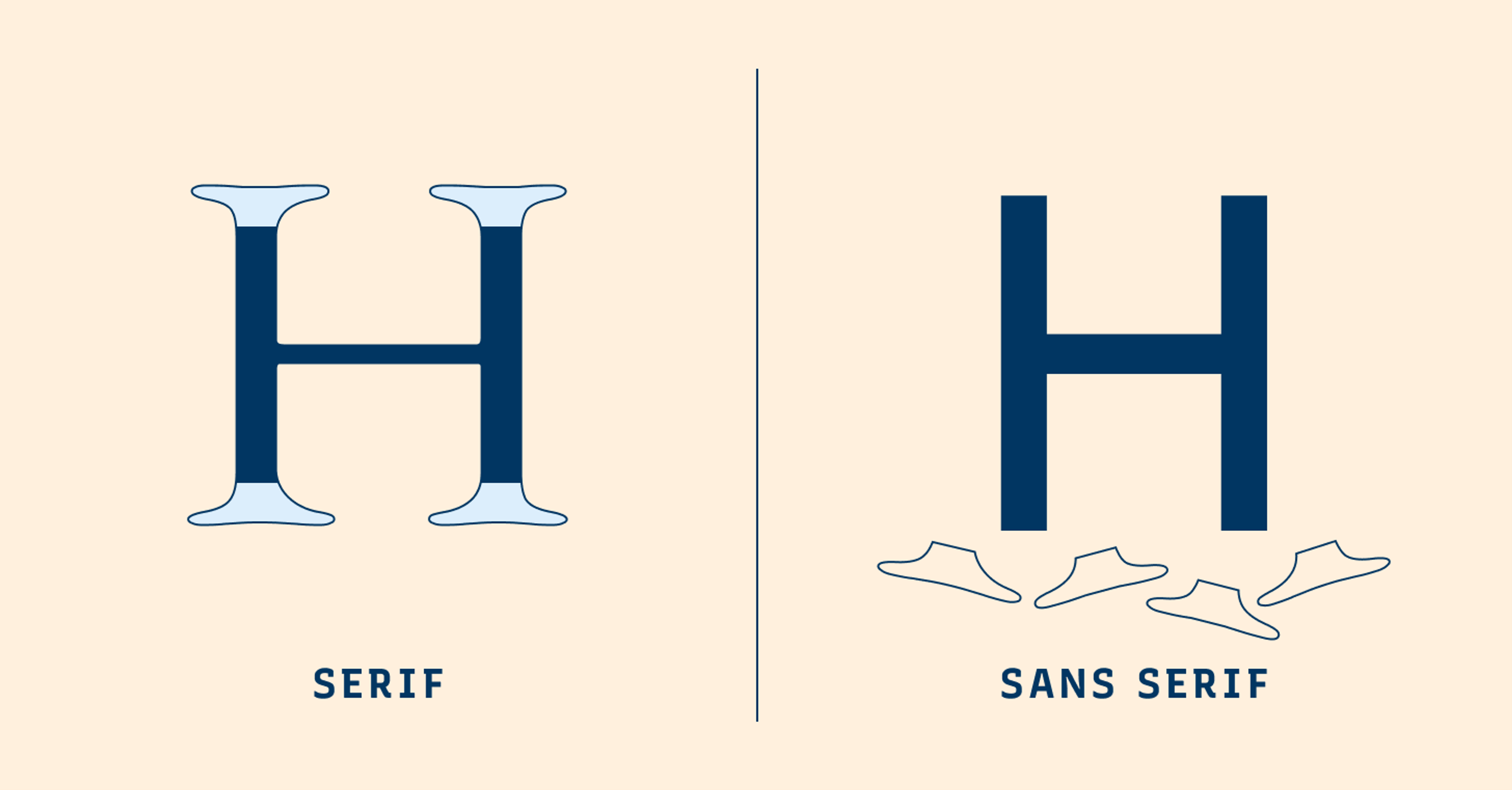
Additional points to consider:
- Serif fonts are often associated with tradition, formality, and elegance. They're commonly used in print media and for long-form content.
- Sans-serif fonts are perceived as modern, clean, and minimalist. They're popular in digital design and for short, punchy text.
- The choice between serif and sans-serif can significantly impact the mood and readability of your content.
Kerning, Tracking, and Line Spacing
These terms refer to the spacing in typography:
- Kerning is the process of adjusting the space between individual letters. Good kerning ensures that letter pairs like "AV" or "To" appear visually balanced.
Source: Adobe Typekit Blog
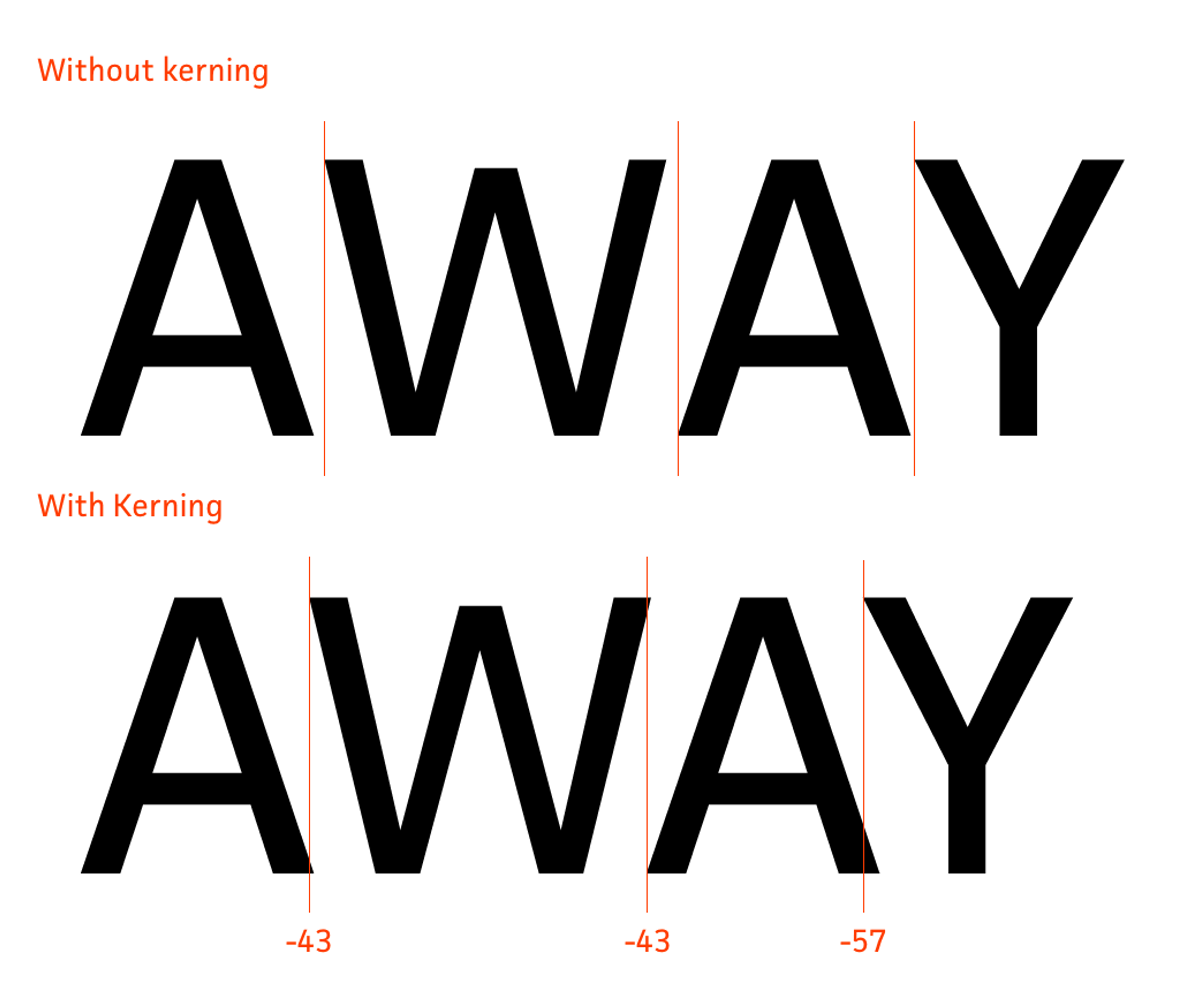
- Tracking refers to the overall spacing between groups of letters. It affects the density of text and can be adjusted to make text appear looser or tighter.
Source: Creatype Studio
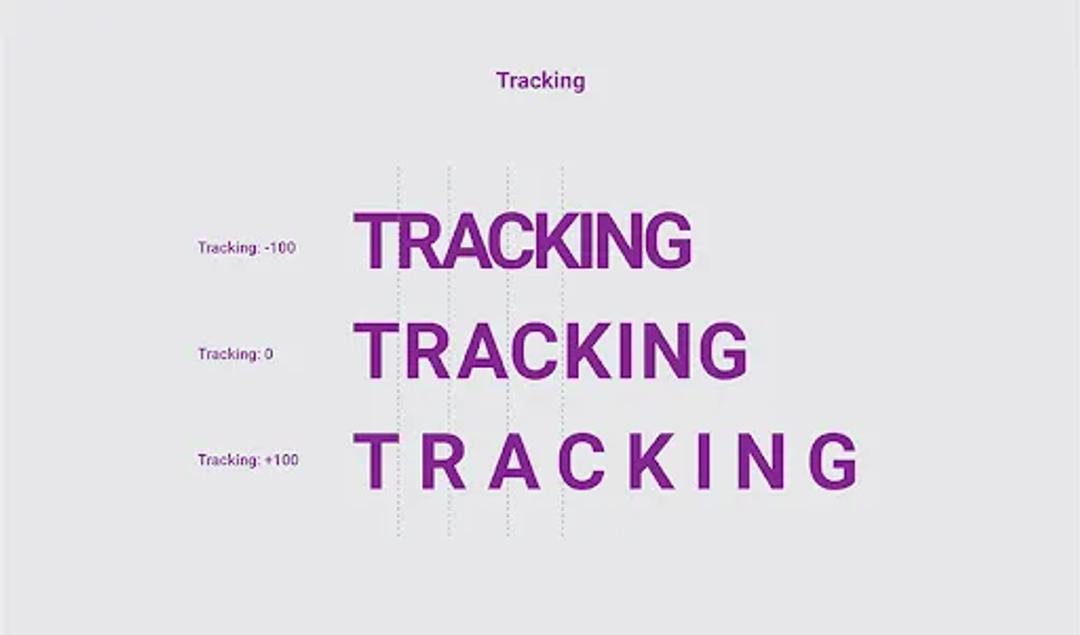
- Leading (pronounced "ledding") is the vertical space between lines of text. It's named after the lead strips that were once used to separate lines of type in printing presses.
Source: Particia Gomez
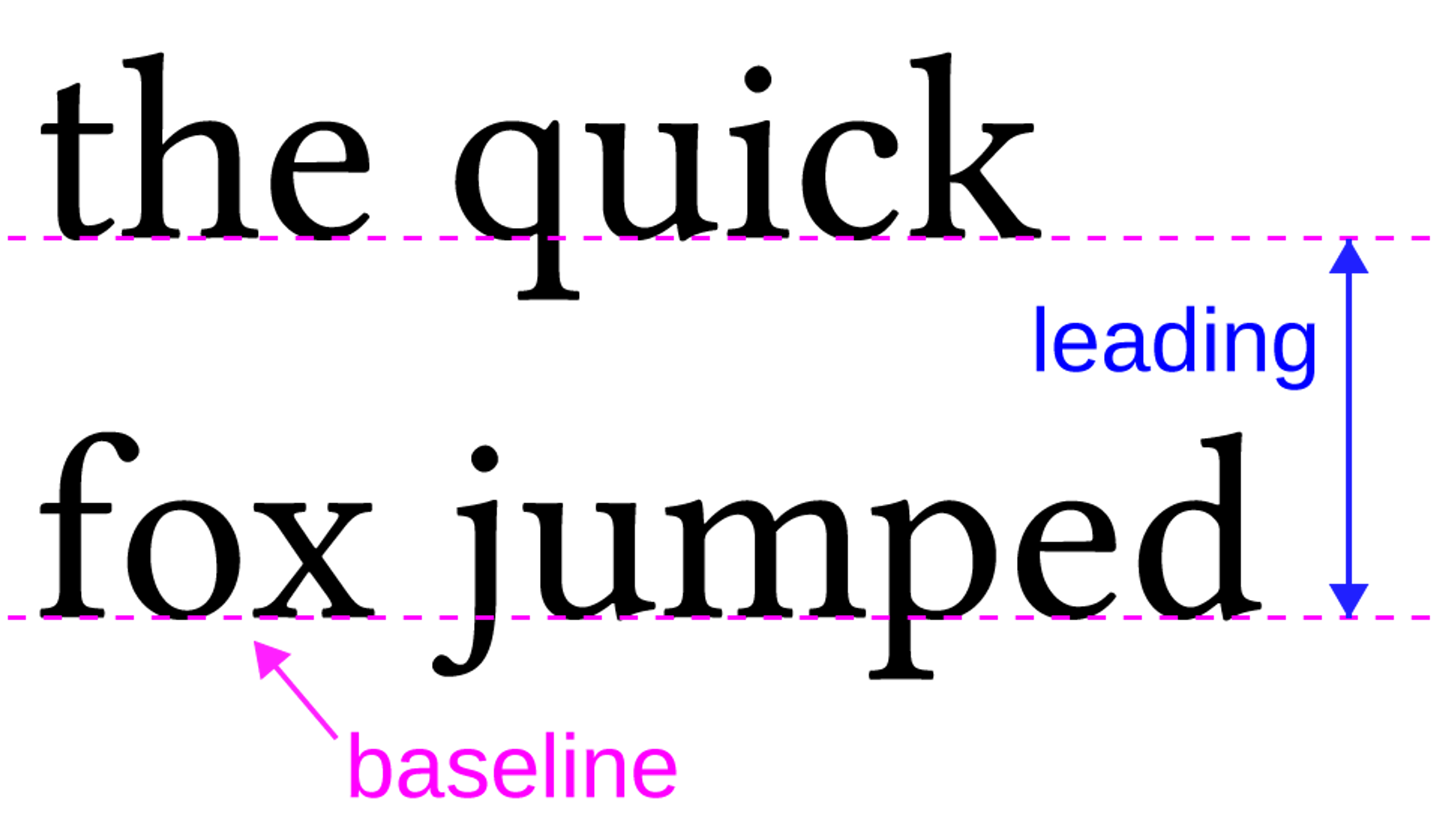
Proper adjustment of these elements can significantly improve your text's readability and aesthetic appeal.
Additional Typography Terms
To further enhance your typography vocabulary:
- X-height: The height of lowercase letters in a font, typically measured by the height of the lowercase 'x'. Fonts with larger x-heights tend to be more readable at small sizes.
- Baseline: The invisible line upon which most letters sit. Understanding the baseline is crucial for aligning text and creating a cohesive design.
- Ascender and Descender: Ascenders are the parts of lowercase letters that extend above the x-height (like in 'h', 'k', 'l'). Descenders are the parts that extend below the baseline (like in 'g', 'j', 'p'). These elements contribute to the overall character of a typeface.
- Weight: Refers to the thickness of a font's strokes. Common weights include light, regular, medium, bold, and heavy. Varying weights can create contrast and hierarchy within your design.
- Contrast: In typography, contrast refers to the difference between thick and thin strokes within a typeface. High-contrast fonts (like Bodoni) have dramatic differences between thick and thin strokes, while low-contrast fonts (like Arial) have more uniform stroke widths.
- Ligature: A character consisting of two or more letters combined into a single glyph. Ligatures are often used to improve the appearance of certain letter combinations, like 'fi' or 'fl'.
For Cornerstone, we made colorful typography to enhance the user experience. By carefully selecting and implementing fonts, we ensure that the site’s content is readable and visually appealing.
The typography complements the overall design, reinforcing the brand’s identity and enhancing navigation. This thoughtful approach to typography, combined with other design elements, creates a cohesive and compelling web experience that meets the needs of both the business and its users.
Cornerstone Typography by Clay
Understanding these terms will allow you to communicate more effectively about typography and make more informed decisions in your web design process. Remember, good typography balances these elements to create a harmonious, readable, and visually appealing design.
Principles of Good Web Typography
Readability and Legibility
The primary goal of typography is to make text easy to read. An optimal line length, ideally between 40 and 80 characters, is crucial for enhancing readability by preventing eye strain and maintaining reader engagement. Using too many fonts can clutter the design and hinder readability, making it essential to limit the number of fonts used.
For body text, sans-serif fonts like Arial, Helvetica, or Verdana are often recommended due to their clean lines, which render well on digital screens. The font size should be large enough to read comfortably – typically 16-18px for body text on most devices.
Source: Emotive Brand
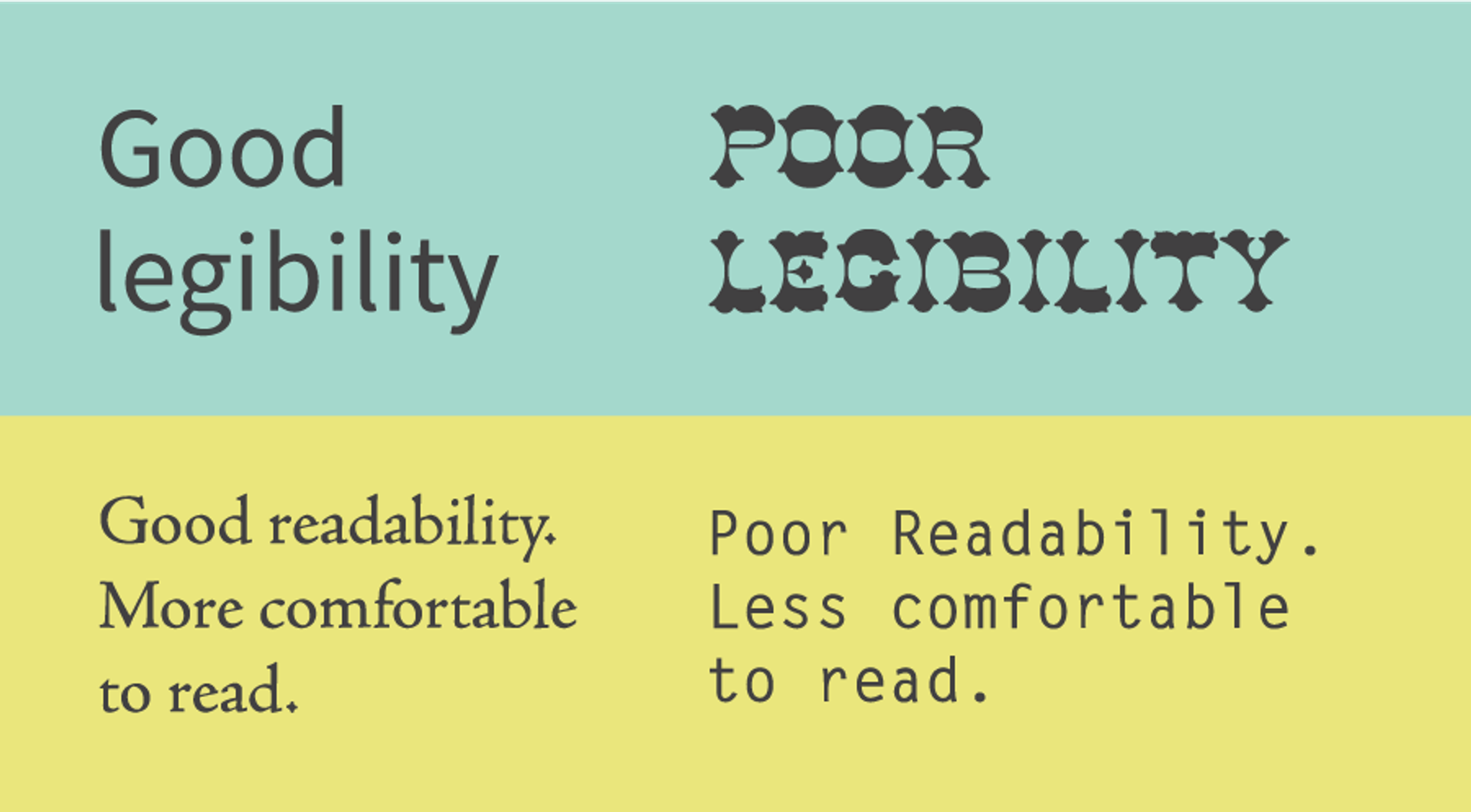
Visual Hierarchy and Structure
A clear typographic hierarchy guides users through your content. Use different heading styles (H1, H2, etc.), sizes, and font weights to create a visual structure. This helps users quickly scan and understand the organization of your content.
Accessibility
Ensuring your typography is accessible to all users is crucial. This includes using adequate font sizes, maintaining sufficient contrast between text and background colors, and ensuring your design is responsive to accommodate users on different devices or with different visual abilities.
Source: Medium
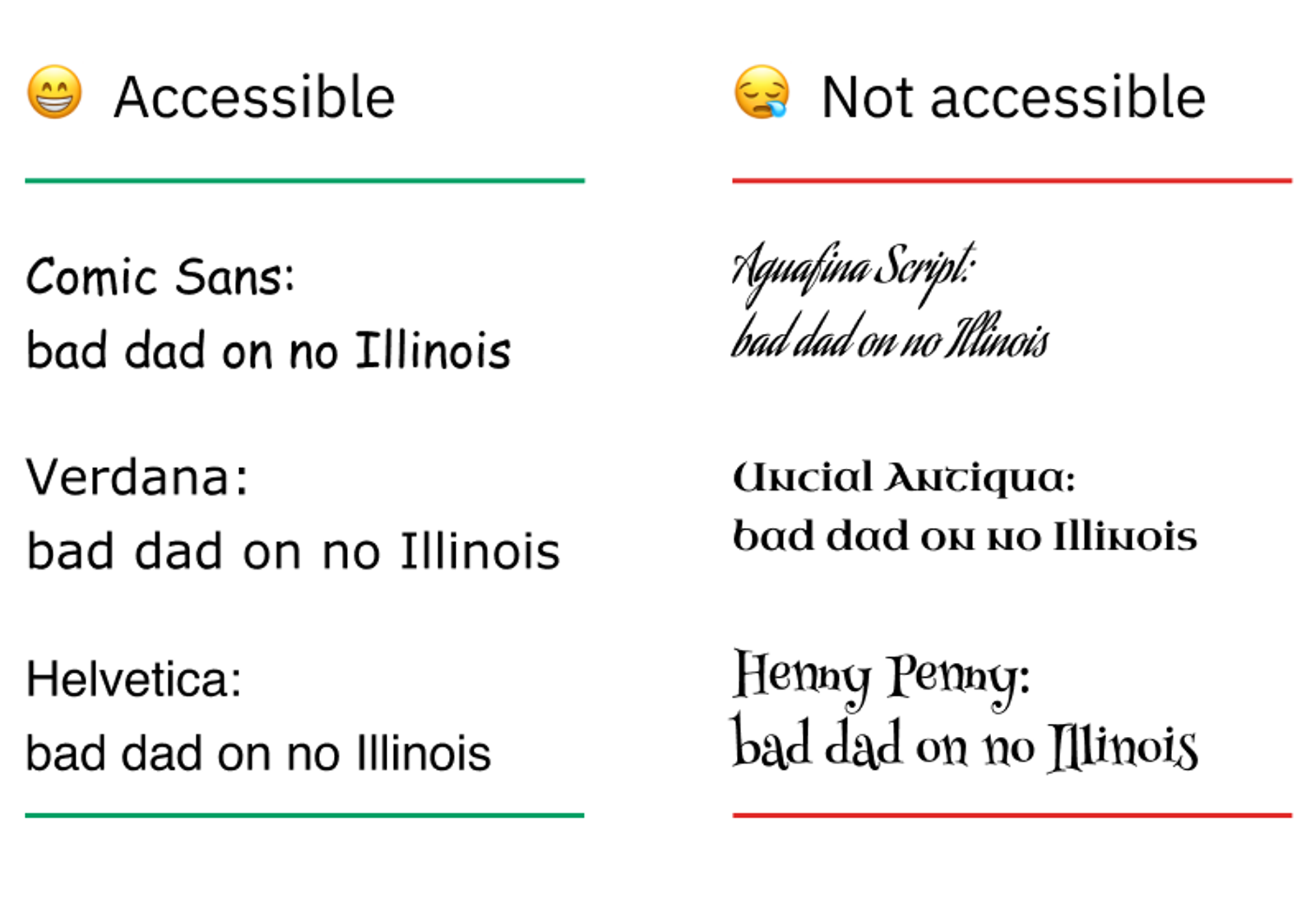
Font Choices and Best Practices
Selecting the right fonts and implementing them effectively is crucial for creating a visually appealing and user-friendly website. Here are some expanded best practices to guide your typography choices:
Web-Safe Fonts
Web-safe fonts are universally compatible across browsers and devices. Examples include Arial, Helvetica, Times New Roman, and Verdana. Using these fonts ensures that your design remains consistent for all users. Additionally, organizing fonts in a CSS file enhances consistency and maintainability across multiple pages.
Source: Litmus
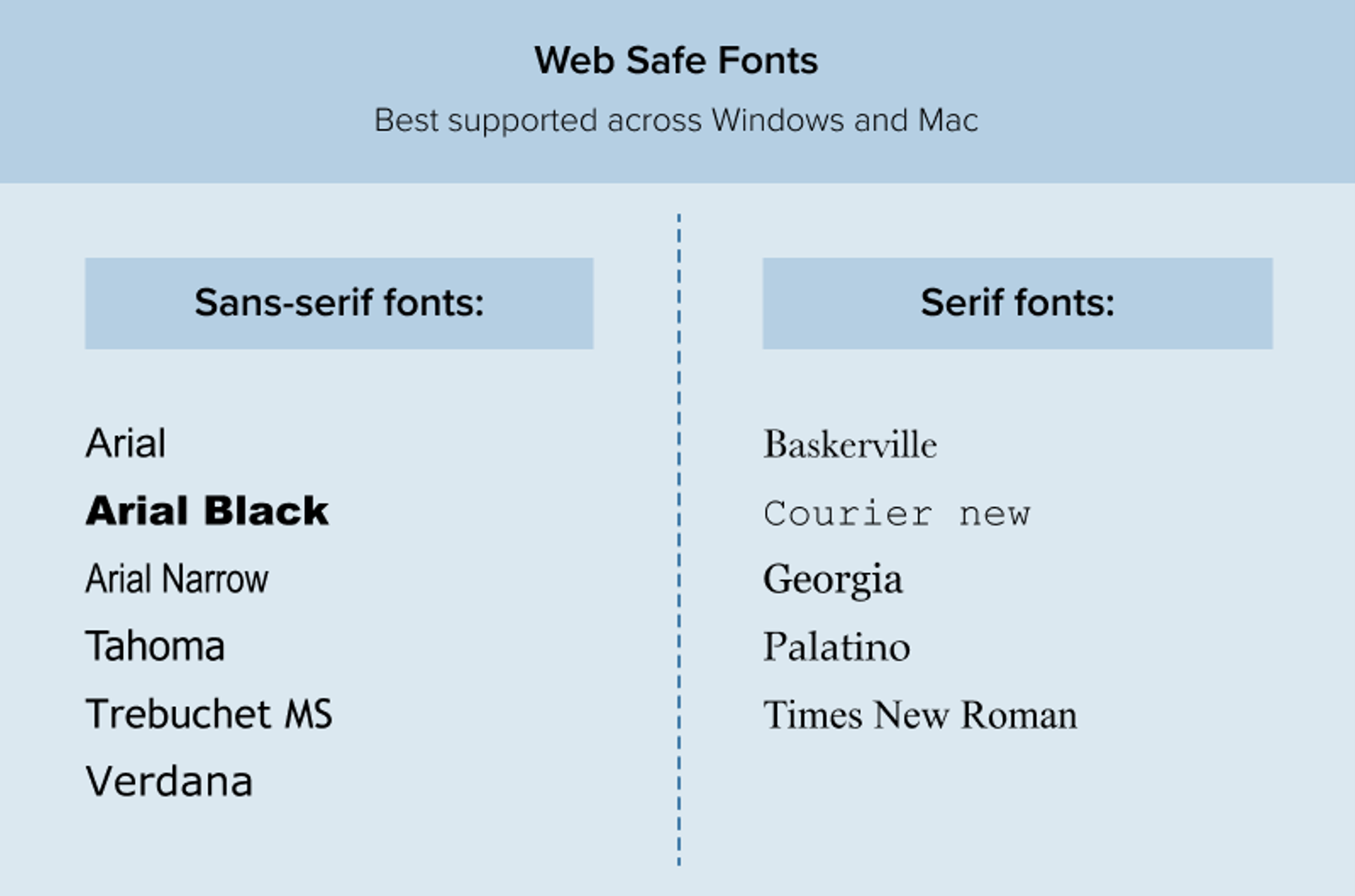
Additional considerations for web-safe fonts:
- While web-safe fonts guarantee consistency, they may limit your design options.
- Consider using web-safe fonts as fallbacks for more unique font choices.
- Some other widely supported web-safe fonts include Georgia, Courier New, and Trebuchet MS.
Limit Font Usage
To maintain visual harmony, using no more than two or three typefaces across a website is generally recommended, addressing the question of how many fonts to use. This prevents the design from becoming cluttered or overwhelming.
Tips for combining fonts:
- Choose fonts with complementary characteristics. For example, pair a serif heading font with a sans-serif body font.
- Ensure sufficient contrast between your chosen fonts to create a clear visual hierarchy.
- Consider using different weights or styles within the same typeface family for variety without introducing a new font.
Appropriate Font Sizing
While specific sizes can vary based on the typeface and design, a general rule of thumb is to use 16-18px for body text. Headings should be proportionally larger, with the main heading (H1) being the largest.
Additional sizing considerations:
- Use relative units (em or rem) instead of fixed pixel sizes to ensure better device responsiveness.
- Consider implementing a modular scale for consistent and harmonious size relationships between different text elements.
- Don't forget about line height (leading). A good starting point is 1.5 times the font size for body text.
Source: Type-Ed

Font Weight and Style
Varying font weights and styles can help create hierarchy and emphasis:
- Use bold weights for headings and important information.
- Italic styles can be used for emphasis or to denote specific types of content (like quotes or citations).
- Be cautious with light font weights, especially for body text, as they can be difficult to read on some screens.
Color and Contrast
The color of your text plays a crucial role in readability:
- Ensure high contrast between your text and background colors. The Web Content Accessibility Guidelines (WCAG) recommend a contrast ratio of at least 4.5:1 for normal text.
- Be cautious with light text on dark backgrounds, as it can cause eye strain over long periods. If used, consider slightly increasing the font weight.
- Remember that some users may have color vision deficiencies. Avoid relying solely on color to convey information.
Responsive Typography
As users access websites on various devices, your typography should adapt accordingly:
- Use media queries to adjust font sizes, line heights, and even typefaces for different screen sizes.
- Consider larger font sizes for mobile devices to compensate for the typically shorter reading distance.
- Test your typography across various devices and screen sizes to ensure readability and aesthetic appeal.
Source: iA
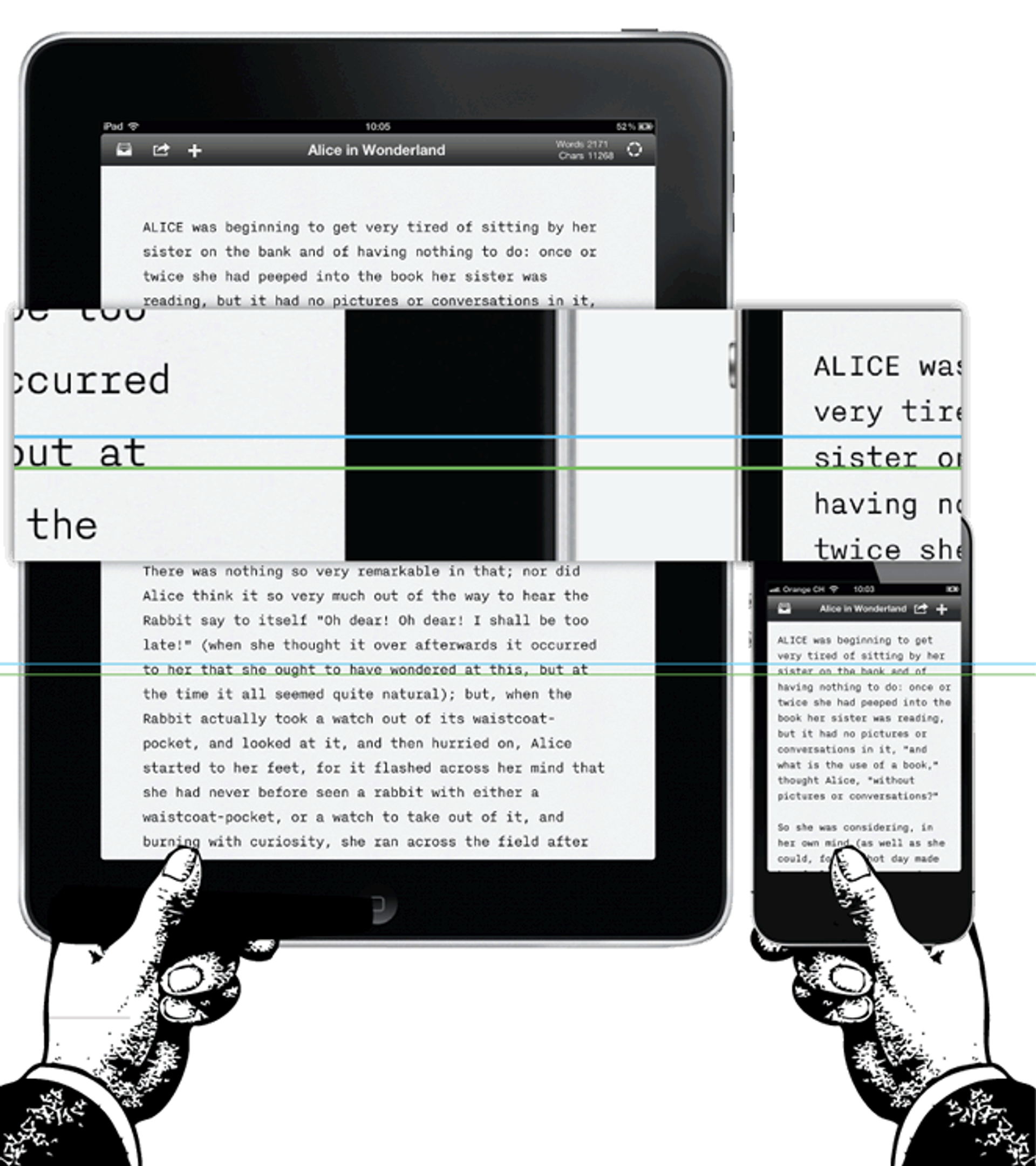
How to Design Fonts?
Font design is a blend of creativity and technical precision, requiring careful planning and refinement. The process begins with research and inspiration, followed by sketching letterforms to define their style and structure.
Using software like Glyphs or FontForge, designers digitize and refine characters, ensuring consistency in stroke width, alignment, and spacing. Kerning and adjustments help improve readability and balance. Testing across different layouts ensures versatility before exporting the final font in formats like OTF or TTF.
A well-designed font enhances branding, readability, and aesthetics, making it a valuable asset in design and communication.
Typography in Branding
Typography plays a crucial role in establishing and reinforcing your brand identity. Your font choices can convey your brand's personality, values, and positioning as effectively as your color palette or logo. Here's a deeper look at how to leverage typography in branding:
Reflecting Brand Personality
Your typography choices should reflect your brand's personality. Different font styles evoke different emotions and associations:
- Serif fonts (like Times New Roman or Baskerville) often convey tradition, respectability, and elegance. Luxury brands, academic institutions, and traditional media outlets commonly use them.
- Sans-serif fonts (such as Helvetica or Arial) are perceived as modern, clean, and straightforward. They're popular among tech companies, startups, and brands aiming for a minimalist aesthetic.
- Script fonts can suggest creativity, elegance, or a personal touch. Brands in the fashion, beauty, or creative industries often use them.
- Display fonts, which are more decorative, can be used to create a unique, memorable brand identity, but should be used sparingly and consistently.
For example, a luxury brand might opt for elegant serif fonts, while a tech startup might prefer modern, minimalist sans-serif fonts. A children's brand might use a playful, rounded sans-serif font to appeal to its target audience.
Trends in Web Typography
Typography in web design is constantly evolving, influenced by technological advancements, design philosophies, and changing user preferences. As of 2025, several key trends are shaping the landscape of web typography:
Minimalism and Sans-Serif Dominance
Minimalist sans-serif fonts like Inter, Roboto, and Open Sans continue to dominate web design. Their clean, modern look aligns well with the current preference for uncluttered, user-friendly interfaces. These fonts offer excellent readability across devices and sizes, making them a go-to choice for body text and user interface elements.
The Serif Renaissance
While sans-serif fonts remain popular, we're witnessing a resurgence of modern serif fonts, particularly for headings and display text. Designers are leveraging serifs to add personality and sophistication to their designs without compromising readability. Fonts like Merriweather, Playfair Display, and custom serifs designed specifically for digital use are becoming increasingly common.
This trend reflects a desire to balance the sleek modernity of sans-serifs with the warmth and character often associated with serif typefaces. It's not uncommon to see websites pairing a serif font for headlines with a sans-serif for body text, creating a pleasing contrast.
Oversized Typography
Bold, large-scale typography is becoming a staple in web design. Designers are using oversized text not just for impact, but as a central design element. This trend is particularly evident in hero sections of websites, where giant, attention-grabbing headlines set the tone for the entire site.
Source: Awwwards
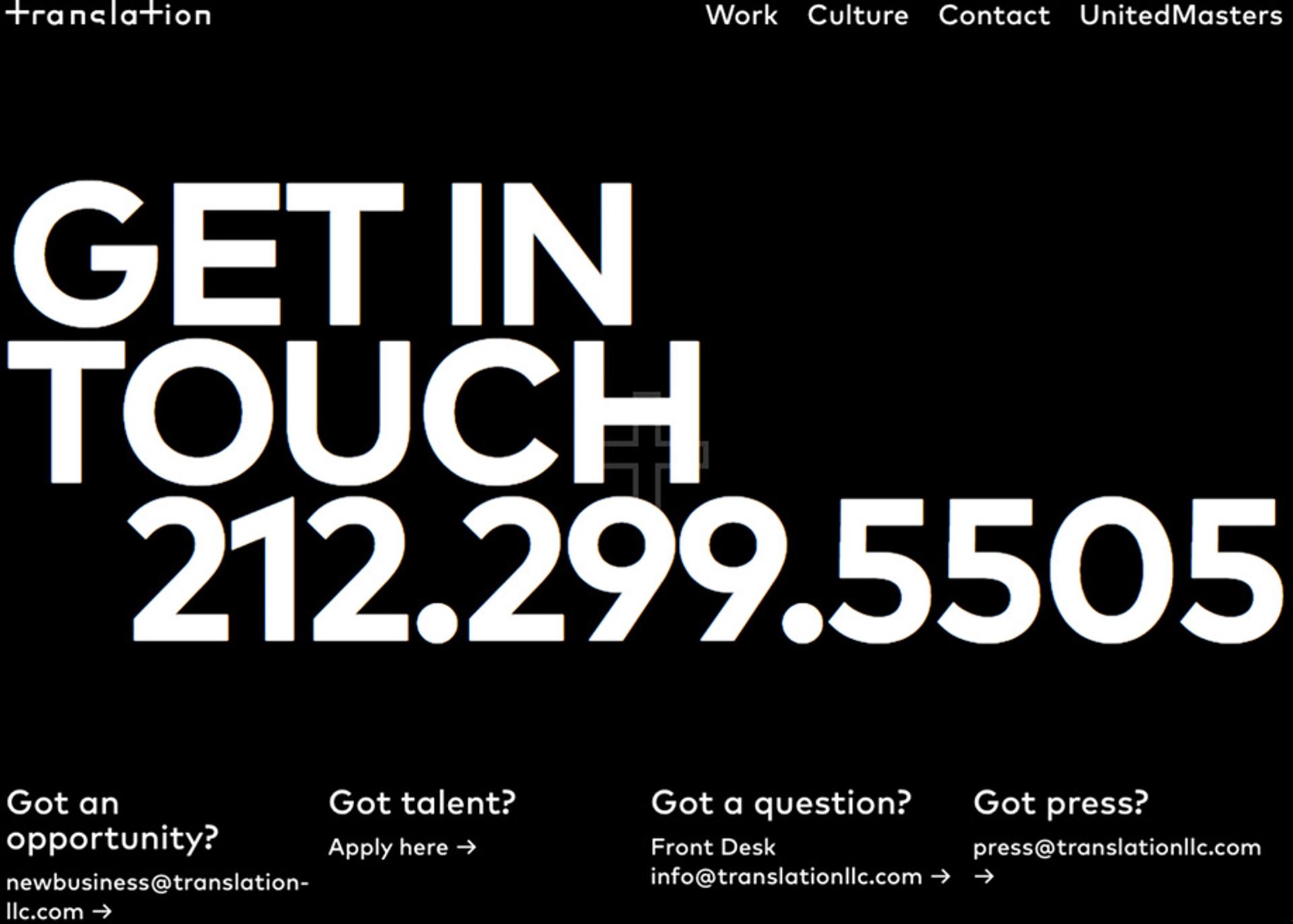
Experimental and Artistic Typography
As browsers become more capable and users more accustomed to innovative designs, we’re seeing an increase in experimental typography. This includes creative uses of animation, such as text animations, unconventional layouts, and even the integration of typography with illustrations or photos. While this trend is more common in artistic or brand-focused websites, it’s pushing the boundaries of what’s possible with web typography.
Accessibility-Driven Choices
With an increased focus on web accessibility, designers are making more conscious choices about typography. This includes selecting fonts with clear letterforms, ensuring sufficient contrast, and providing ample sizing and spacing. Fonts designed specifically for improved legibility, like Atkinson Hyperlegible, are gaining popularity.
Retro and Nostalgic Fonts
In contrast to the minimalist trend, some designers are embracing retro-inspired typography. This includes revivals of classic serif and slab serif fonts, as well as playful, nostalgic display fonts that evoke specific eras or styles.
As we move forward, we can expect these trends to evolve further, driven by advancements in web technologies, changing design philosophies, and the ever-present need to balance aesthetics with functionality and accessibility.
Source: Creatopy
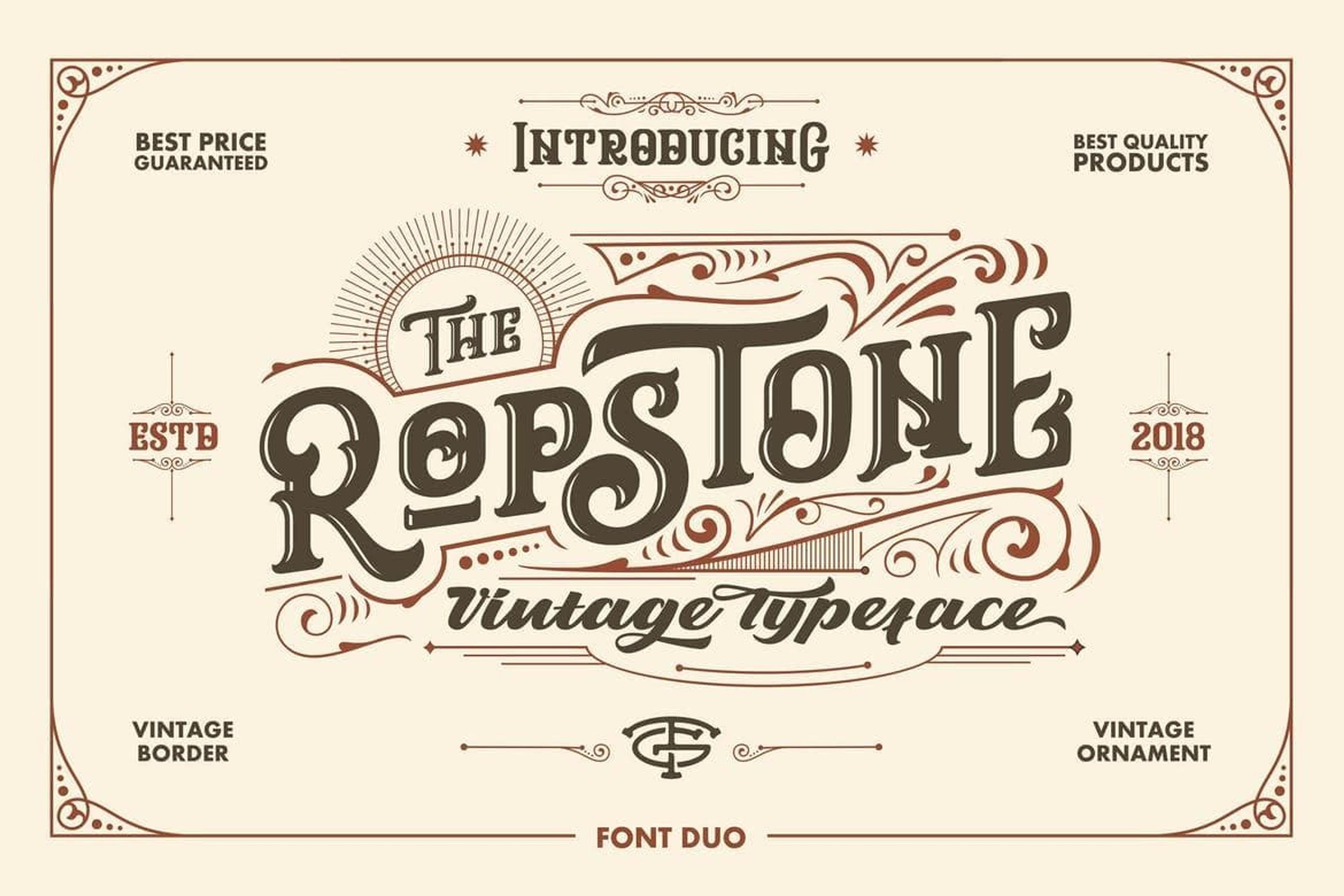
Read more
Conclusion
Thoughtful typography choices are essential for creating a positive user experience, reinforcing your brand, and ensuring your content is easily readable.
Remember, good typography often goes unnoticed because it allows users to focus on the content without distraction. Don't be afraid to test different options and iterate based on user feedback to find the perfect typography for your website.


About Clay
Clay is a UI/UX design & branding agency in San Francisco. We team up with startups and leading brands to create transformative digital experience. Clients: Facebook, Slack, Google, Amazon, Credit Karma, Zenefits, etc.
Learn more

About Clay
Clay is a UI/UX design & branding agency in San Francisco. We team up with startups and leading brands to create transformative digital experience. Clients: Facebook, Slack, Google, Amazon, Credit Karma, Zenefits, etc.
Learn more
